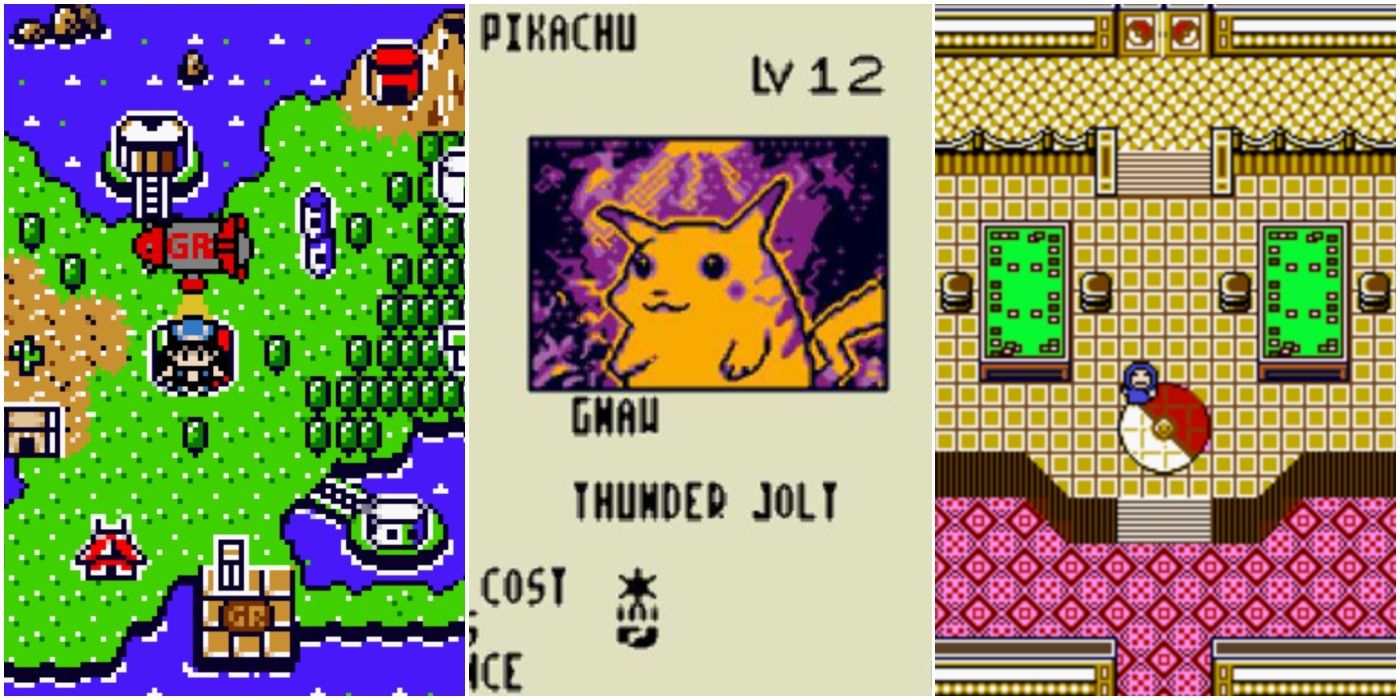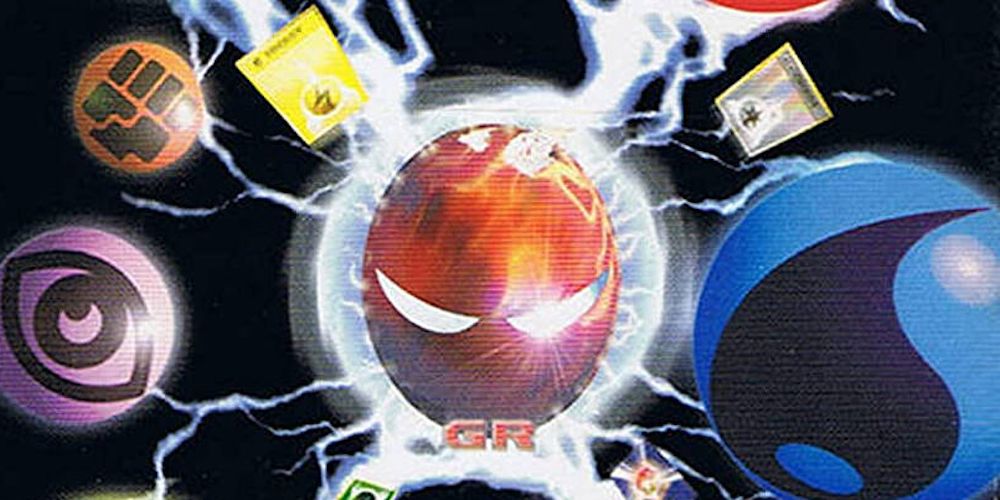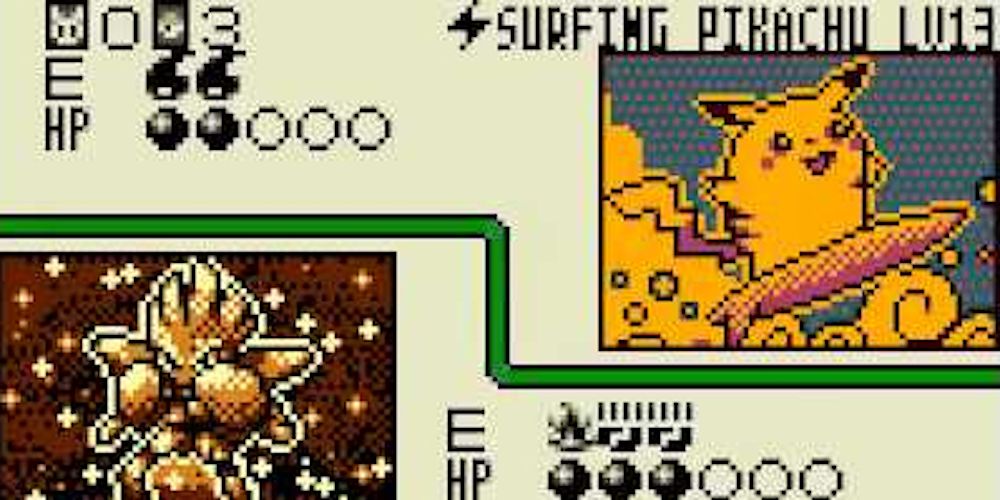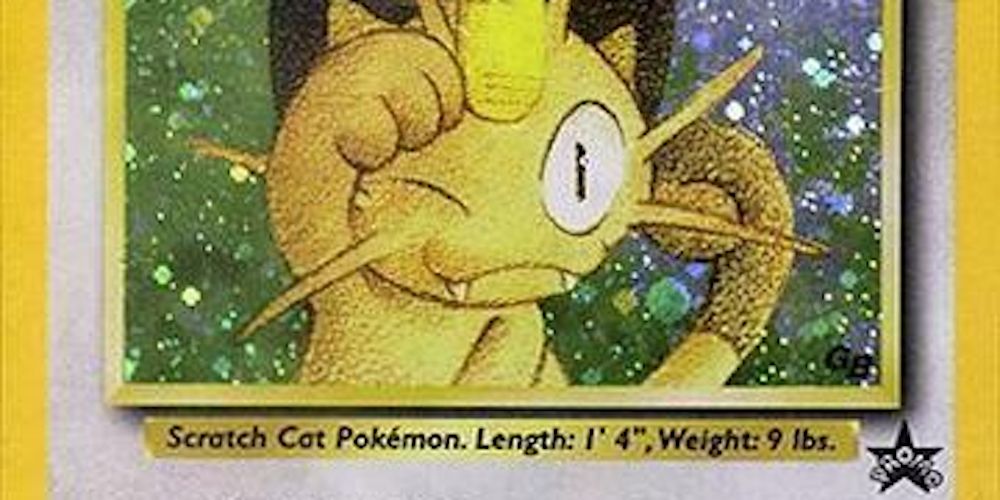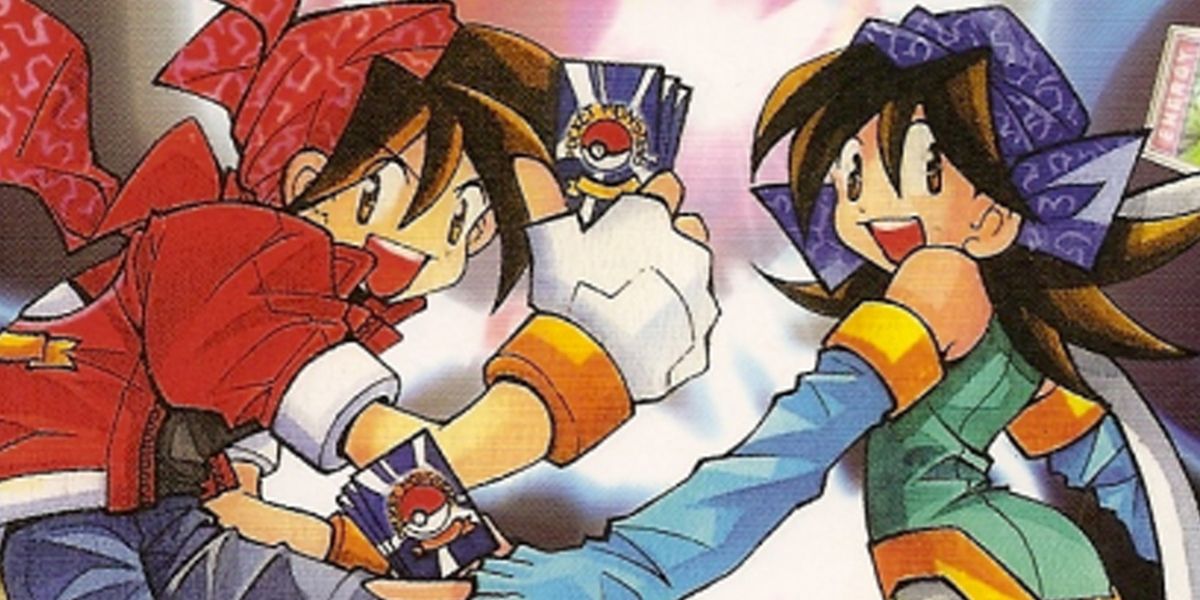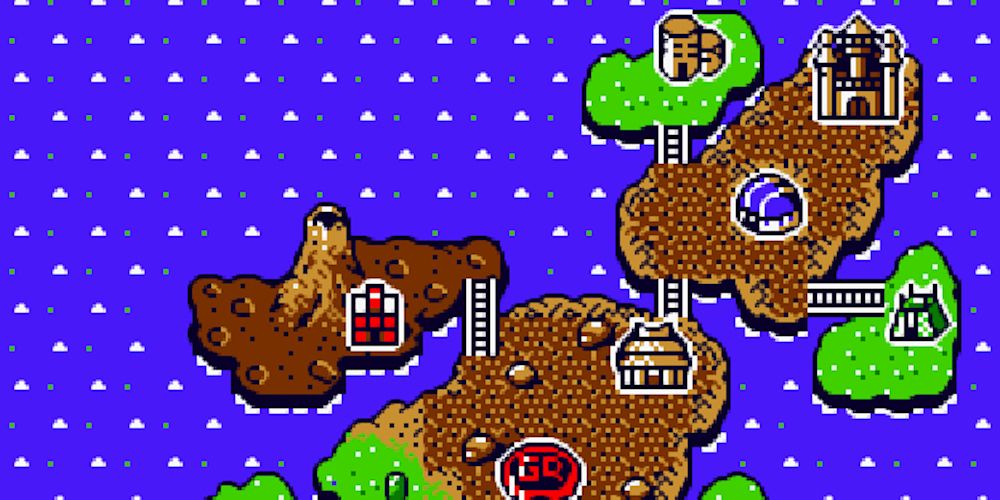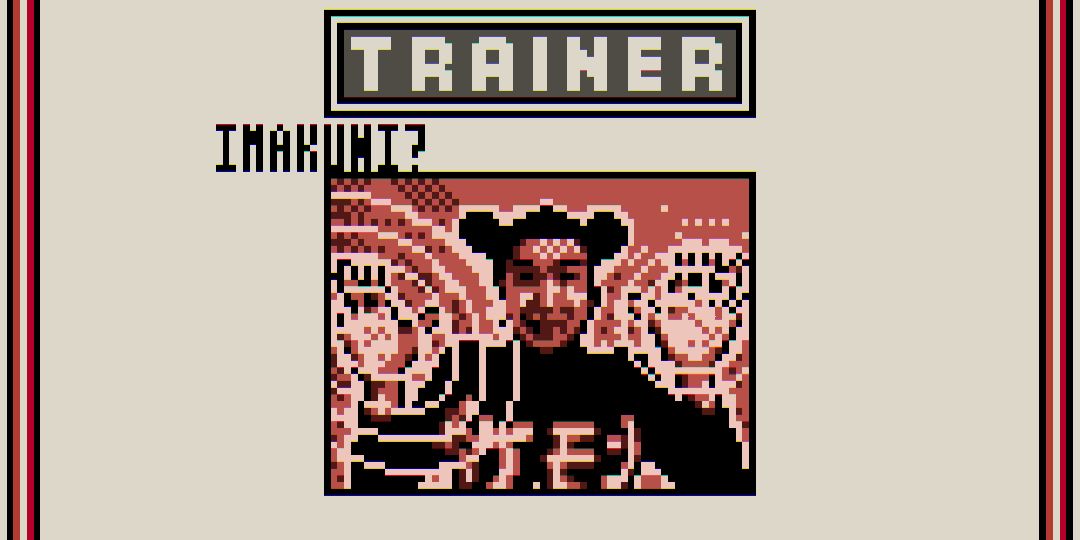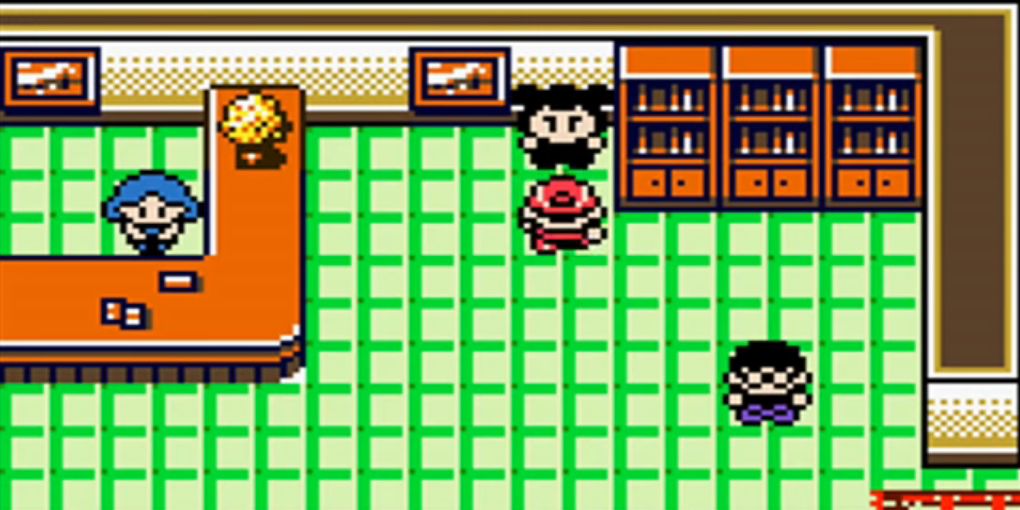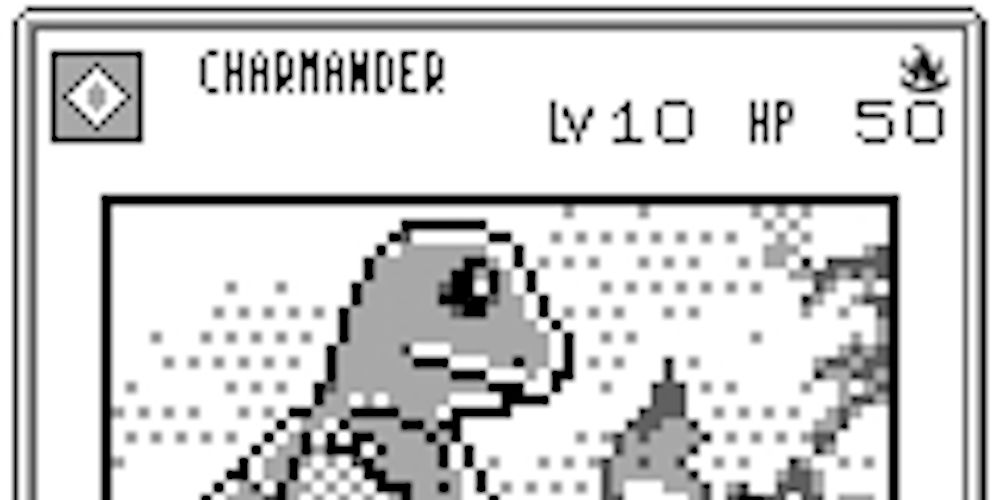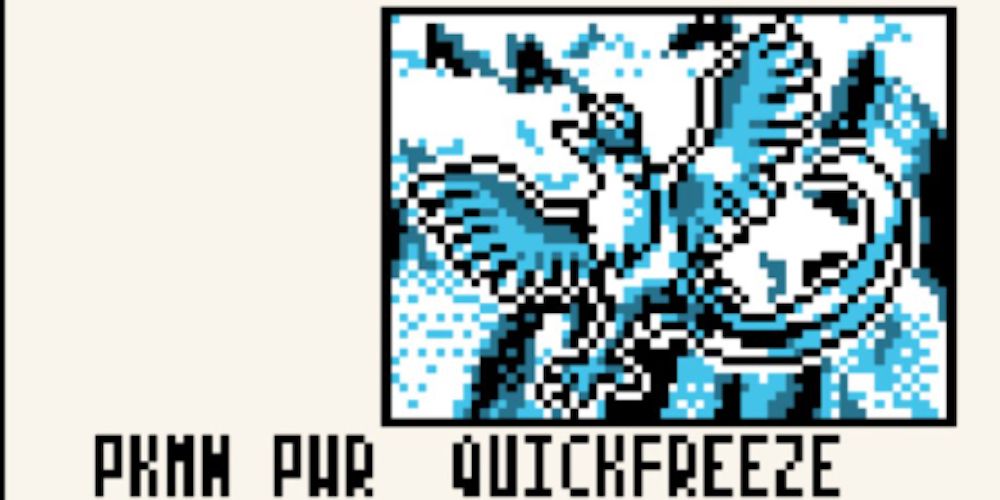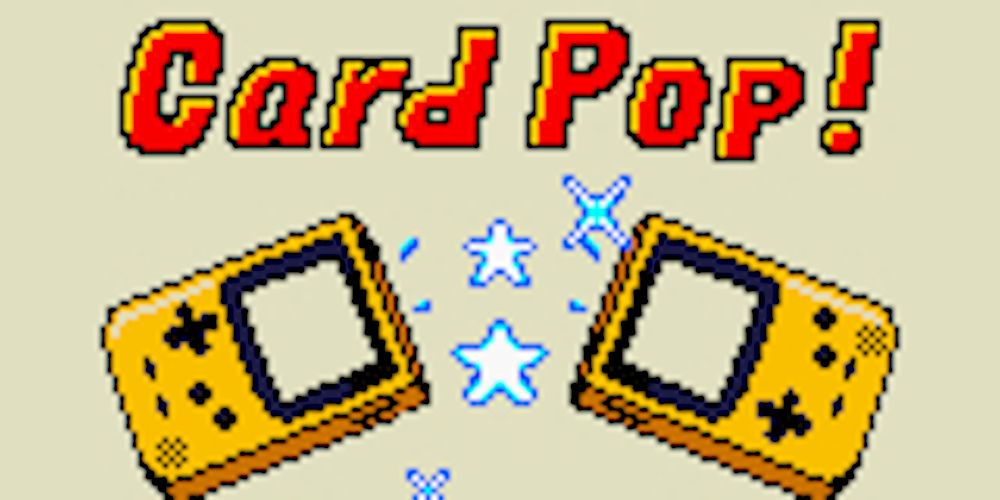Pokémon is a rare example of a franchise that successfully dominates every field that it tackles. Pokémon has achieved a legendary reputation as an anime series and video game franchise, but it’s also made its mark as an addictive collectible card game.
Pokémon’s popularity has given the franchise the luxury to take some broader swings when it comes to their spin-off games and the genres that they’re willing to tackle. An unusual spin-off that arrived early in the series’ run is a digital version of the best-selling Pokémon Trading Card Game. This Game Boy Color release from the late 1990s has fallen into obscurity, but there are some fascinating things about it that still make it worthy of discussion.
10 There's A Sequel Exclusive To Japan That's Received A Fan Translation
The first Game Boy Color Pokémon Trading Card Game was a big success in both Japan and North America. However, the game's sequel, Pokémon Card GB2: Here Comes Team GR!, wasn't released outside of Japan. The game's sequel expands upon the original in every way and is a much more substantial experience.
The entirety of the first game's TCG Island is included, in addition to the new GR Island. Furthermore, there's much more of a story that's present in the sequel where Team Great Rocket's villainy runs amok. There has been no official release of a localized version of the sequel, but the Pokémon community has put together an unofficial fan translation.
9 There Are A Total Of 445 Cards Between The Two Games
A crucial factor in the success of any digital version of a real-life trading card game is how many of the actual cards are present. Impressively, Pokémon Trading Card Game doesn't skimp in this regard. The first game has 228 distinct cards, and the additions in the sequel bring this grand total up to 445.
These cards pull from the earlier sets of the Trading Card Game, but there are several Pokémon and concepts that debut in the video game before they’re brought into the actual card game. It doesn’t feel like much is lacking from the games’ omissions or like this is a light version of the real card game experience.
8 The Games Were Released With Limited Edition Real Trading Cards
The Game Boy Color Pokémon Trading Card Game releases were meant to capitalize on the success of the actual Trading Card Game. A popular way for Pokémon to take advantage of the enthusiasm towards the trading cards is to release exclusive promotional cards that could only be acquired through certain means, like attendance of the Pokémon movie in theaters.
These Game Boy Color games were packaged with real cards that couldn’t be obtained anywhere else. The first game was packaged with an exclusive Dragonite card in Japan and a Meowth variant elsewhere. The game’s sequel included cards for Great Rocket’s Mewtwo and Lugia. Even the game’s official strategy guide included an exclusive Venusaur variant card.
7 They’re One Of The First Times That An Optional Female Character Is Available
Great strides have been taken in the Pokémon games to give the player more freedom and to better customize their experience. Certain features, like the ability to select the main character’s gender, are now taken for granted. However, it’s easy to forget that the early Pokémon games were far more limited.
Pokémon Crystal is the first mainline game where players can select their character’s gender. In the second Pokémon Trading Card Game, players can once again play as the male protagonist, Mark, but there’s also the female option of Mint. This game’s release was only slightly after that of Pokémon Crystal, and it’s one of the first times that players had this option.
6 The Games Are Set Within The TCG Island And GR Island Regions
Each new mainline Pokémon title introduces more creatures to the ongoing Pokédex, but there’s also a lot of love for the new geographical regions that each generation explores. It wouldn’t have been difficult for the Game Boy Color Pokémon Trading Card Game titles to be set within the Kanto or Johto regions, like the first two generations of games.
Instead, the games are set on TCG Island and GR Island, the first of which bears a resemblance to Ireland and the latter looks like a rocket. GR Island functions as the hideout for the game’s villains, Team Great Rocket.
5 Musician Tomoaki Imakuni Becomes An Important Character With His Own Deck
The Game Boy Color Pokémon Trading Card Game titles feature extended cameos from a musician who’s responsible for past Pokémon songs, Tomoaki Imakuni. Imakuni isn’t just in these games, but he’s treated like their equivalent to The Legend of Zelda’s Tingle.
Imakuni has his own Trainer Card and unique decks, which make him feel significant. Tsunekazu Ishihara, the President and CEO of The Pokémon Company, also shows up in the games but doesn’t have his own card.
4 They’re The Only Pokémon Spin-Off To Use Sprites From The Original Games
A lot of the Pokémon spin-offs develop eclectic looks and designs to further differentiate themselves from the main series. The Pokémon Trading Card Game releases are a rare case of a Pokémon spin-off that directly makes use of assets from the original games.
The sprites and overworld map in the Game Boy Color Pokémon Trading Card Game releases reflect the aesthetics of the first two generations of Pokémon. It’s a comforting similarity.
3 They Make Use Of The Game Boy Printer
Nintendo has always been a video game company who pride themselves in odd gaming peripherals and accessories, many of which have mixed receptions. The Game Boy Camera and its corresponding Printer were breakthroughs during the 1990s, but are quite rudimentary when it comes to actual digital photography.
Certain Game Boy releases incorporate the use of the Game Boy Printer in entertaining ways that highlight the player’s achievements. Pokémon Trading Card Game and its sequel allow the player to print out pictures of their favorite cards, their card collection, and even their custom deck breakdowns with the Game Boy Printer.
2 There Are Several Cards That are Exclusive To The Video Games
One of the joys of the Game Boy Color’s Pokémon Trading Card Game is how they digitally recreate cards from the actual Trading Card Game. However, both of these Game Boy Color releases incorporate a few dozen cards that are exclusive to the video games.
Over time, some of these exclusive card designs received real-life counterparts, which is significant in its own right. However, there are still a few lingering cards that remain exclusive to the video games due to how their card game mechanics and effects rely upon the random AI of video games.
1 The 3DS Virtual Eshop Release Is Incomplete
Pokémon fans were delighted when the first Pokémon Trading Card Game release was added to the Virtual Console eShop for the Nintendo 3DS handheld. Pokémon Trading Card Game was added to the North American eShop towards the end of 2014.
This re-release is largely faithful to the original experience, but because the title removes the game's link cable and infrared connectivity capabilities, there are certain cards that are exclusive to the Card Pop! battle feature that can't be obtained in the game. The game unfortunately hasn't been added to Nintendo's other virtual console services.

